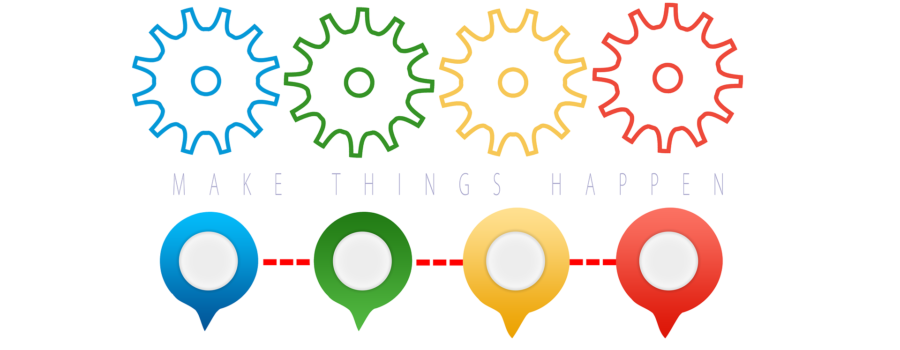Learn how to identify real continuous improvement projects. Stop being pushed towards never-ending firefighting activities and focus on long-term goals. In this article, I will show you how to pick the best opportunities and deliver measurable benefits.
Approach to continuous improvement differs in companies. Project leaders follow management directions, collaborate with colleagues, address ongoing issues etc.
In some cases, you don’t have to identify the project yourself as this has been already done. The potential downside is the relevance to the current business needs. Is this the best project to work on right now?
I believe that you can choose and lead the project of your choice.
Let me share with you the best practices from highly successful people I have had a chance to work with.
How to choose Your next continuous improvement project?
If you ask ten people what is the main issue in the business that needs fixing right now you will get ten different answers. It is unlikely for most of these to be the real “game changers” though.
Talking to people is invaluable and helps to understand the culture, work environment and expectations. The conversation must never be omitted regardless of the project. I am not talking here about email exchange or WhatsApp messaging.
Old Fashioned face-to-face brings more benefit than all social media combined.
However, to ensure the integrity of any business initiative only hard facts and numbers should form the foundation. Here is the three-step model you can use before starting a PLAN-DO-CHECK-ACT routine.

You can download a FREE copy of a Project Charter template from the PREMIUM LIBRARY
Where to start?
Data collection is a must to secure a good start to any continuous improvement project. Everyone knows that and yet many fail at this point. Unfortunately, the consciousness comes when the project has already advanced quite far. Some may argue that it’s never too late to adjust the scope or even run a second project to improve the first one… Wait? Really? Why don’t we do it Right First Time?
There are some reports and figures you may want to look at first. If the company maintains a balanced scorecard than that would be the obvious thing to start with. Equally departmental KPIs will shine a light on the overall condition of the company. The bottom line is to look across the board. You may be surprised to discover that the most significant cost of quality comes from credit notes issued to customers with no record of a quality complaint. The only way to get this knowledge is to deal with the finance department. I hope you get the idea.
What stands out?
Reject all opinions and hearsay “we think it’s a lot”, “it has increased dramatically”, “about half of them doesn’t work” etc.
Once you decide to look closer at one particular area of the business (manufacturing process, quality assurance etc.), focus on numbers that stand out.
Collect relevant information and prepare the top-level analysis. Don’t worry too much with the details at this stage. If for instance, you decide to tackle the increasing number of customer complaints try to understand the key factors that contribute to the overall cost. This will be enough to propose the improvement project. You will easily present your findings using the Pareto Chart.
You are up to a promising start if you can quantify all findings and reject assumptions.
Why change it?
The justification for a new project is crucial to secure the backing of the management team. You have to remember that resources will be consumed. Resource equals money. Can you see where I am coming from?
In today’s highly competitive and ultra fast-paced market spending money is the opposite of what business aims to achieve. Therefore even a groundbreaking initiative will only have a chance to pass the boardroom if substantial financial savings can be made.
Here are some tips to help you get started:
- Look at short term and long term savings
- What is the value of an investment that you need?
- Can the investment be spread over time?
- What proportion of the project can utilise internal resources>
- What is the payback time?
Example of a three steps pre-project assessment:
- Where to start?
Balanced scorecard
Customer satisfaction shows a product failure rate of 0.5% (5000ppm).
- What stands out?
Data analysis shows that 80% of 1kV Power Supplier fail in the first year.
- Why change it?
Annual aftersales cost for 1kV Power Supply failures reaches 25k euro. Addressing the underlying issue have a potential to bring 25k euro/annum back to the business.
Please remember that this is a top-level approach to help you identify potential improvement projects. You may have to carry out similar assessment multiple times targeting different areas of the business. Watch out not to get carried away with the details
New FREE templates are coming soon to the PREMIUM LIBRARY so watch this space.



27 Comments
Leave your reply.